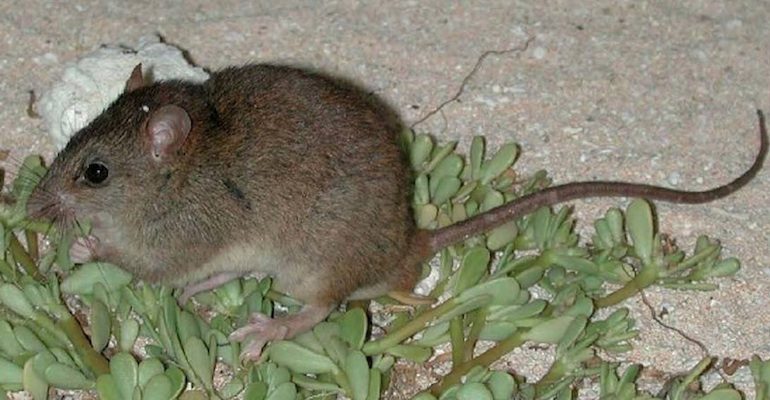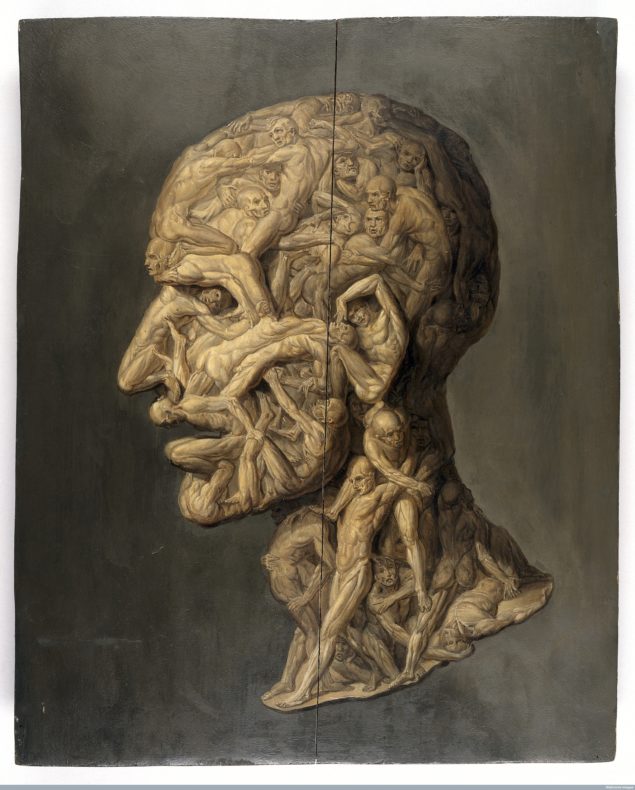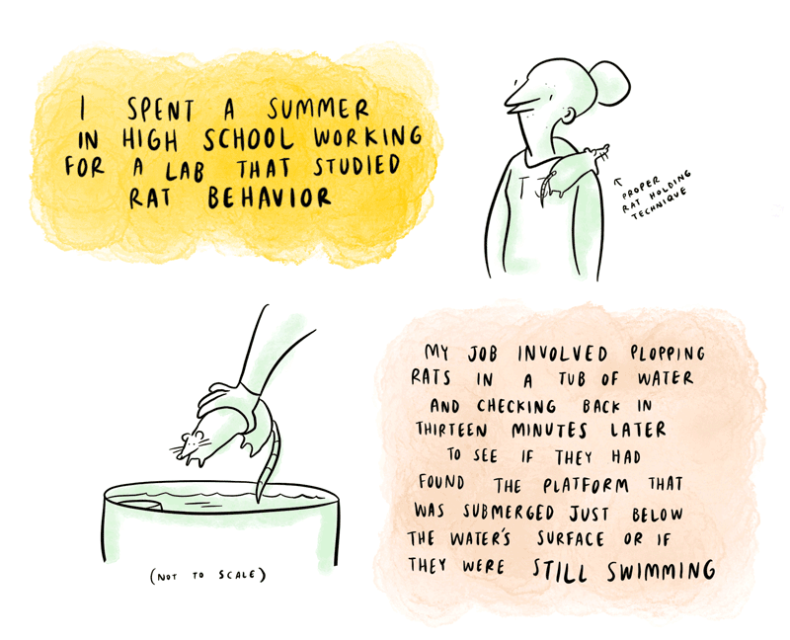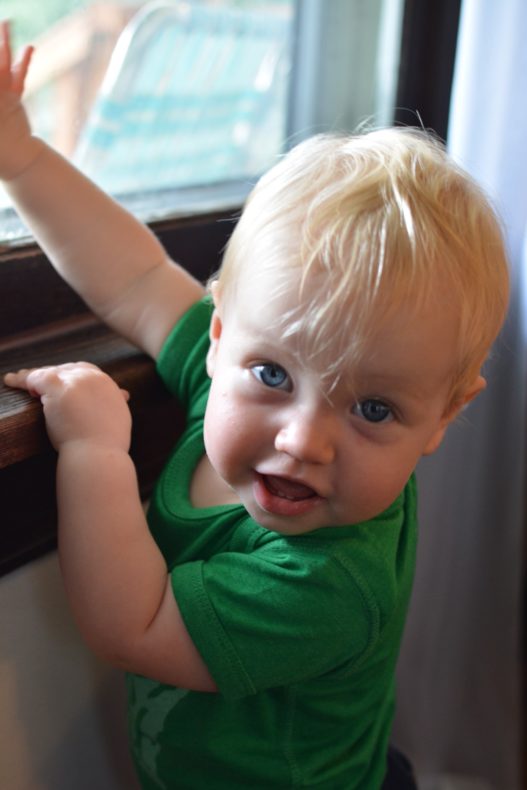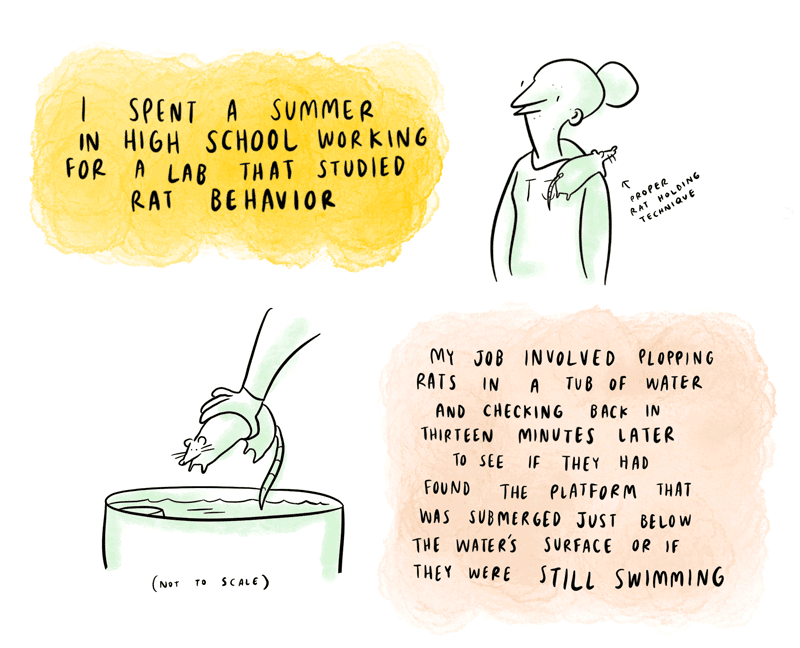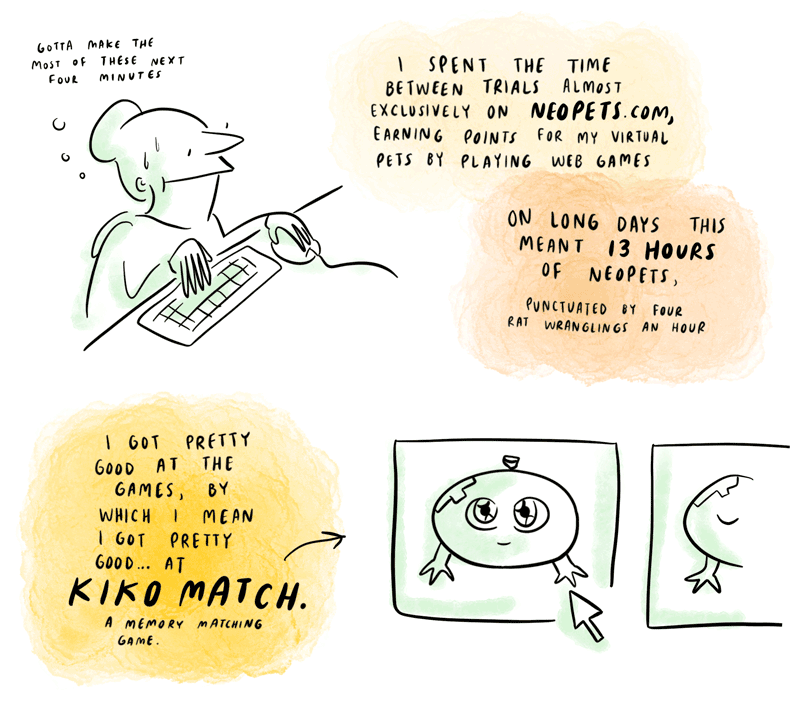 May I introduce James Gleick? He’s been on staff at the New York Times, and has written seven books, including Chaos and Genius (a biography of Richard Feynman), for which he’s won impressive prizes. And he’s just published Time Travel, which Joyce Carol Oates called “another of [his] superb, unclassifiable books.” It’s a compendium of all the explanations, implications, ramifications, aspects, and generally unpleasant outcomes of traveling to the future or to the past.
May I introduce James Gleick? He’s been on staff at the New York Times, and has written seven books, including Chaos and Genius (a biography of Richard Feynman), for which he’s won impressive prizes. And he’s just published Time Travel, which Joyce Carol Oates called “another of [his] superb, unclassifiable books.” It’s a compendium of all the explanations, implications, ramifications, aspects, and generally unpleasant outcomes of traveling to the future or to the past.
§
Ann: When I look at your book-tour dates and places, I see that you’ve mastered time travel yourself, or at least you’ve managed to get from one place to another in unlikely intervals of time. Are you exhausted?
James: Oh, well, I’m fine, thanks, though space travel—the mundane kind, as opposed to the rocket-ship kind—can occasionally feel as disorienting as we imagine time travel to be. After all, jet lag is a kind of time sickness. At least I didn’t cross the International Date Line. I did have an uncanny moment at the Seattle airport when I wondered if I had slipped into a bygone era and was about to board a biplane: Continue reading
Continue reading
